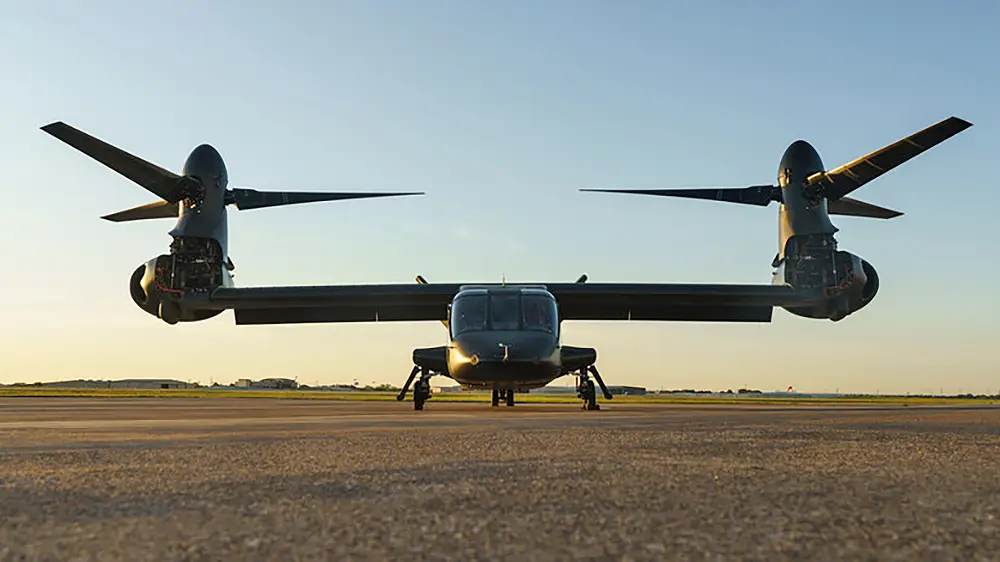The V-280 Decision
This is how Textron announced on December 5, 2022, the U.S. Army decision to select the V-280 as its new Long-Range Assault Aircraft:
Textron Inc announced today that Bell Textron Inc., a Textron company, has been awarded the development contract for the U.S. Army’s Future Long-Range Assault Aircraft (FLRAA) program. The award is based on Bell’s V-280 Valor tiltrotor that was developed and tested as part of the Joint Multi-Role Technology Demonstrator (JMR TD) program that began in 2013. The V-280 progressed through design, manufacturing, and more than three years of rigorous flight testing that provided extensive data validating the technical and operational advantages of the aircraft for the long-range assault mission.
“We are honored that the U.S. Army has selected the Bell V-280 Valor as its next-generation assault aircraft,” said Scott C. Donnelly, Textron’s chairman and chief executive officer. “We intend to honor that trust by building a truly remarkable and transformational weapon system to meet the Army’s mission requirements. We are excited to play an important role in the future of Army Aviation.”
“This is an exciting time for the U.S. Army, Bell, and Team Valor as we modernize the Army’s aviation capabilities for decades to come,” said Mitch Snyder, president and CEO of Bell. “Bell has a long history supporting Army Aviation and we are ready to equip Soldiers with the speed and range they need to compete and win using the most mature, reliable, and affordable high-performance long-range assault weapon system in the world.”
This award builds on a decade of the V-280 Valor’s progress through design, manufacturing, and thorough testing to demonstrate that this aircraft will deliver on the FLRAA program requirements. Bell and its industry partners have systematically validated the V-280 aircraft and their modular open systems approach in collaboration with the Army.
“For the past several years the Bell team demonstrated the exceptional operational capabilities, digital thread synergies, and platform affordability enhancements the V-280 provides,” said Keith Flail, executive vice president, Advanced Vertical Lift Systems at Bell. “Bell stands ready with our world-class manufacturing facilities to apply our nearly seven decades of tiltrotor expertise to deliver a modern FLRAA fleet to the Army.”
The initial contract refines the weapon system design, sustainment, digital enterprise, manufacturing, systems integration, flight-testing, and airworthiness qualification.
The why for the decision and its implications will be a focus of significant attention in the months to come.
But one of the better explanations was provided by Tyler Rogoway in a December 8, 2002 article on The War Zone.
“Army aviation is entering into an existential crisis of sorts. The force was built for short-range conflicts in Europe and, to some degree, in the Middle East, not the vast expanses of the Pacific. When combat radius is measured in a couple of hundred miles, thousands of helicopters suddenly have much less to do during a peer-state conflict in that theater. Basing UH-60 Black Hawks and AH-64 Apaches forward close enough to make an impact in terms of most types of operations would put them squarely in the crosshairs of a very watchful and aware enemy.
“And even operating deep within the enemy’s anti-access space puts traditional helicopters at extreme risk. With range and speed, the Army buys back relevance. It’s as simple and hard to swallow as that. And no, that doesn’t mean those factors solve all the Army’s rotor-wing relevancy problems. Survivability is still a huge issue alone, but it goes a long way to making a case as to its value in a future conflict.
“So, could the Army be willing to give up certain wants in order to make sure it gets a faster and farther-flying aircraft? I believe the answer is absolutely. Otherwise, how do they justify the massive enterprise that is Army aviation in any form that resembles what it is today?
“With this in mind, could performance in terms of range have influenced this decision more heavily than most realize? Very possibly.”
Also, see the following:

